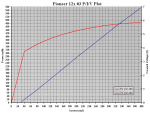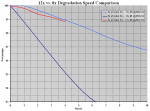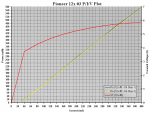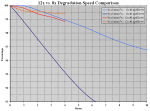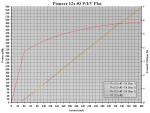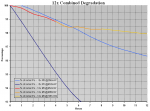HIMNL9
0
- Joined
- May 26, 2009
- Messages
- 5,318
- Points
- 0
^ Dave, then there is a possibility, after all ..... that "beam shaping" can be an element that, shaping better the beam, also take away part of the power, and taking away it (and maybe using a little different lenses inside the focusing carriage), they reached the 12X speed still using the 8X diodes, or very similar ones .....
Still just a personal opinion, but can be kept in consideration that, maybe, some manufacturers still use this system, and others instead changed the diodes types .....
Still just a personal opinion, but can be kept in consideration that, maybe, some manufacturers still use this system, and others instead changed the diodes types .....





